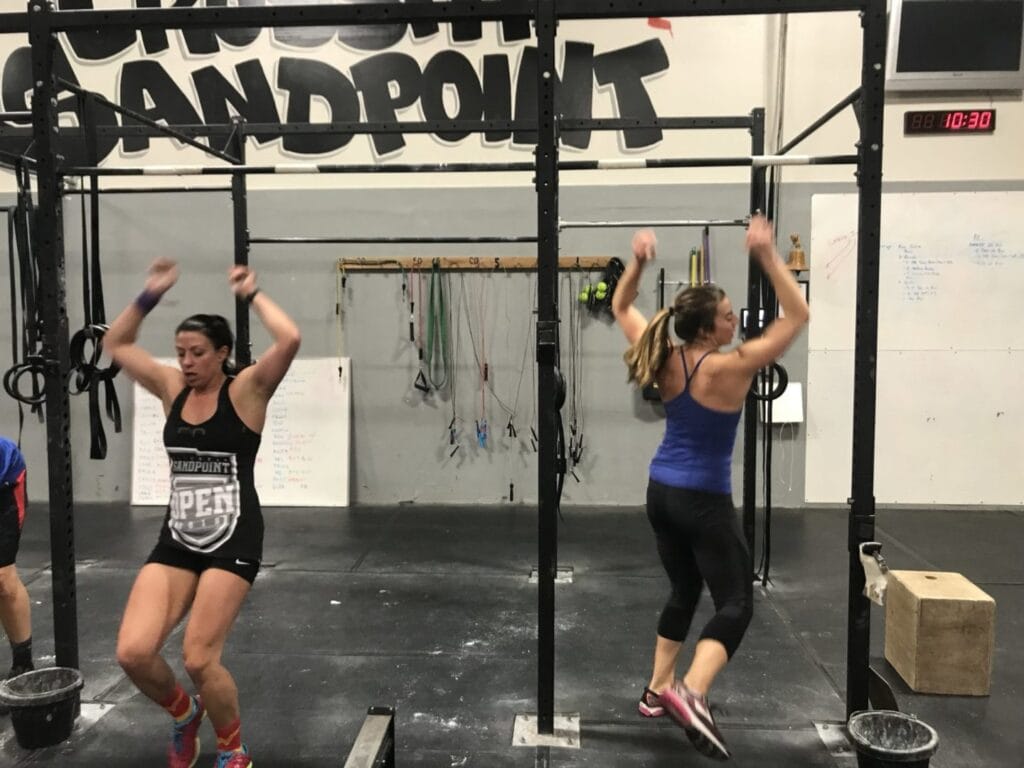If it hurts, don’t do it!
(Please, please, please don’t do it!)
One of the things that makes me cringe the most in the gym is when people tell me that something hurt for the whole workout, or has been hurting for weeks and that they’re just assuming it will get better.
(It won’t)
Not without rest or intervention, or both.
One of the things that makes me cringe the most outside of the gym is when people say “CrossFit is dangerous”. I literally don’t even know where to begin when I hear this.
In short, no it’s not. All other arguments aside, the statistics say that it is literally right on par with any other form of exercise. Add in forms of sport and you’ll find that it’s considerably safer. My other commentary on this will have to wait for another post.
But, one thing that causes injuries in CrossFit (or anywhere else in fitness) is people ignoring the signals their body is telling them and “pushing through it”.
Do not do this. If something doesn’t feel right, please ask your coach for help.
(That is what you’re paying us for).
We have an infinite amount of solutions, scaling options and questions to ask that will help us clarify what is going on and how we should change things to make it not hurt anymore.
Asking for help does not make you weak, special or a bother to us.
(Again, you’re paying us for help. Use us!)
We are all getting older. Most of us have played other sports or done other activities that have caused us injury or dysfunction. In other words, it’s common to need something changed or given special attention to!
In fact, if you don’t have an existing condition that nags you from time to time, you’re the rarity, not the norm.
What you probably don’t notice is how many people we modify things for in each class. Be one of those people. (It makes us coaches feel special when you ask us for guidance.)
Sometimes the answer is easy. We will ask you to not do the thing that makes it hurt for a few weeks. Instead you’ll substitute something else. If it gets better after that hiatus, great! Problem solved!
Sometimes it’s more complicated than that and we’ll have to help you change your movement patterns to make it not hurt anymore.
Other times, you’ll need to go talk to a physical therapist, orthopedic surgeon or chiropractor. They’re very smart people who can help you a lot with trying to figure out what is going on and how you should treat it. Sometimes that means surgery. Sometimes they can just tell you exactly what not to do. Sometimes something just needs to be adjusted.
A lot of people want to hide from this solution, fearing the worst case scenario. But getting an answer allows you to make further direction on what to do. Without an answer, you’re really just guessing. And unless you’re in one of those field listed above, you really aren’t qualified to guess.
(And if you go to WebMD, you’re just going to find out that you have a rare, terminal illness that is expressing itself through your elbow pain.)
In any case, pain is a signal from your body that something isn’t right. Don’t ignore it. Ask for help and preserve your ability to function properly for the long term.

